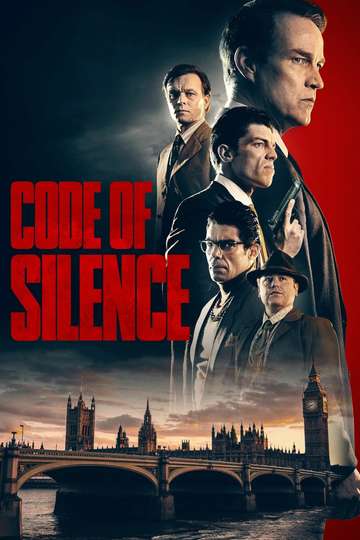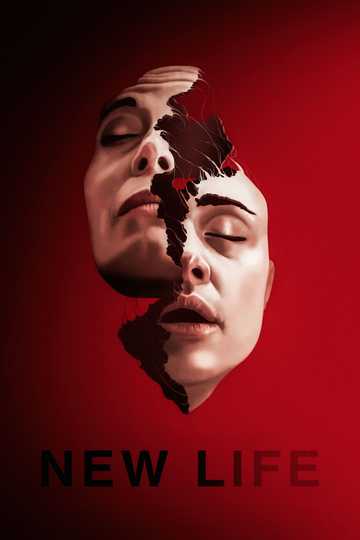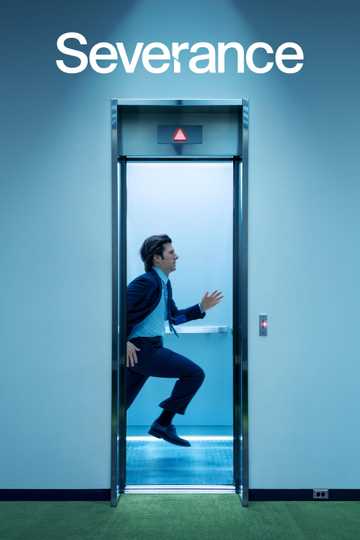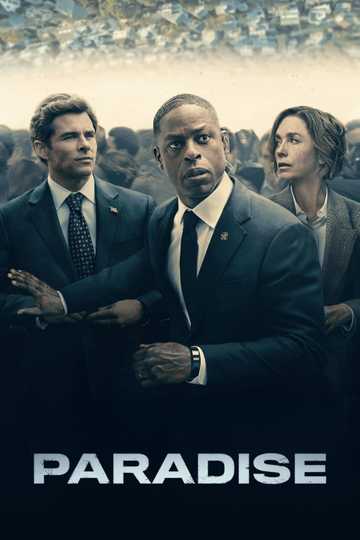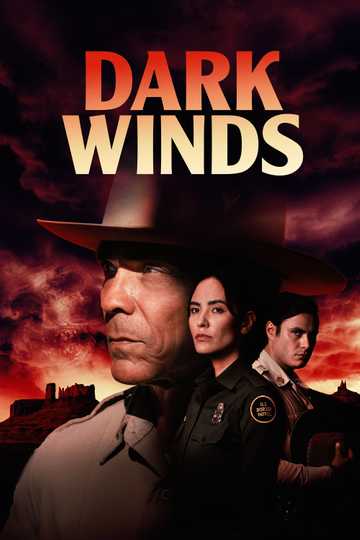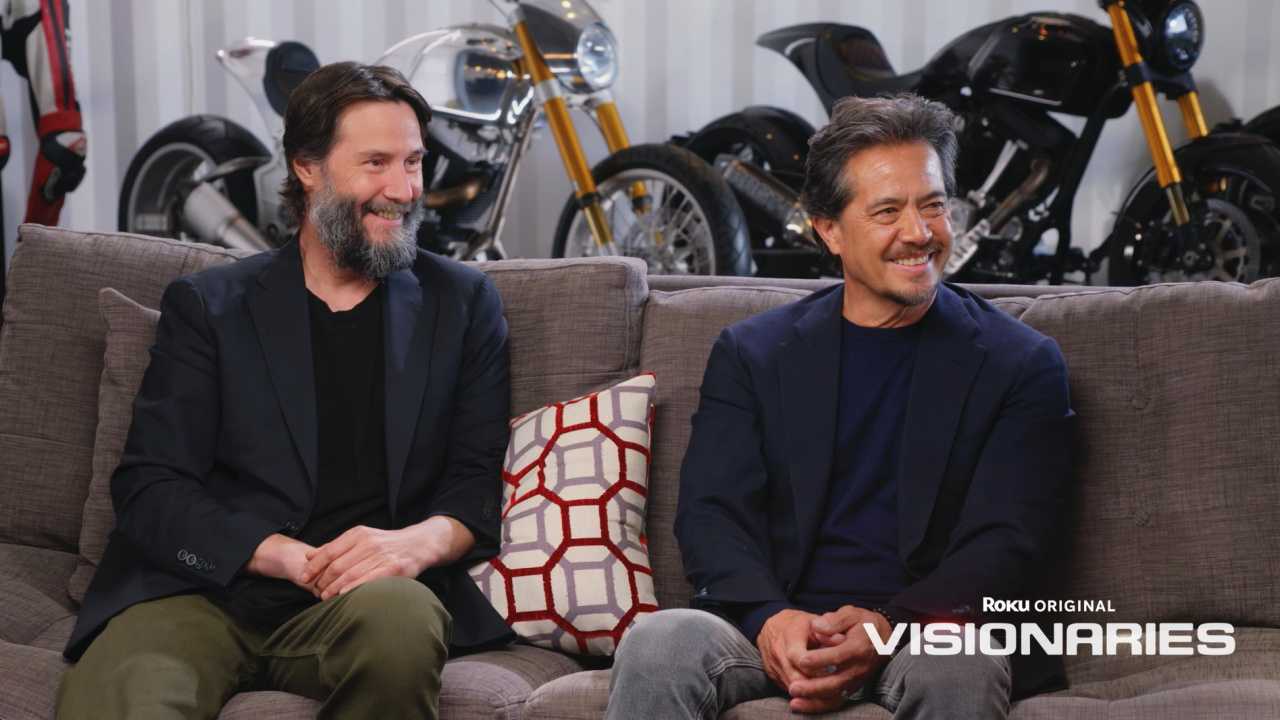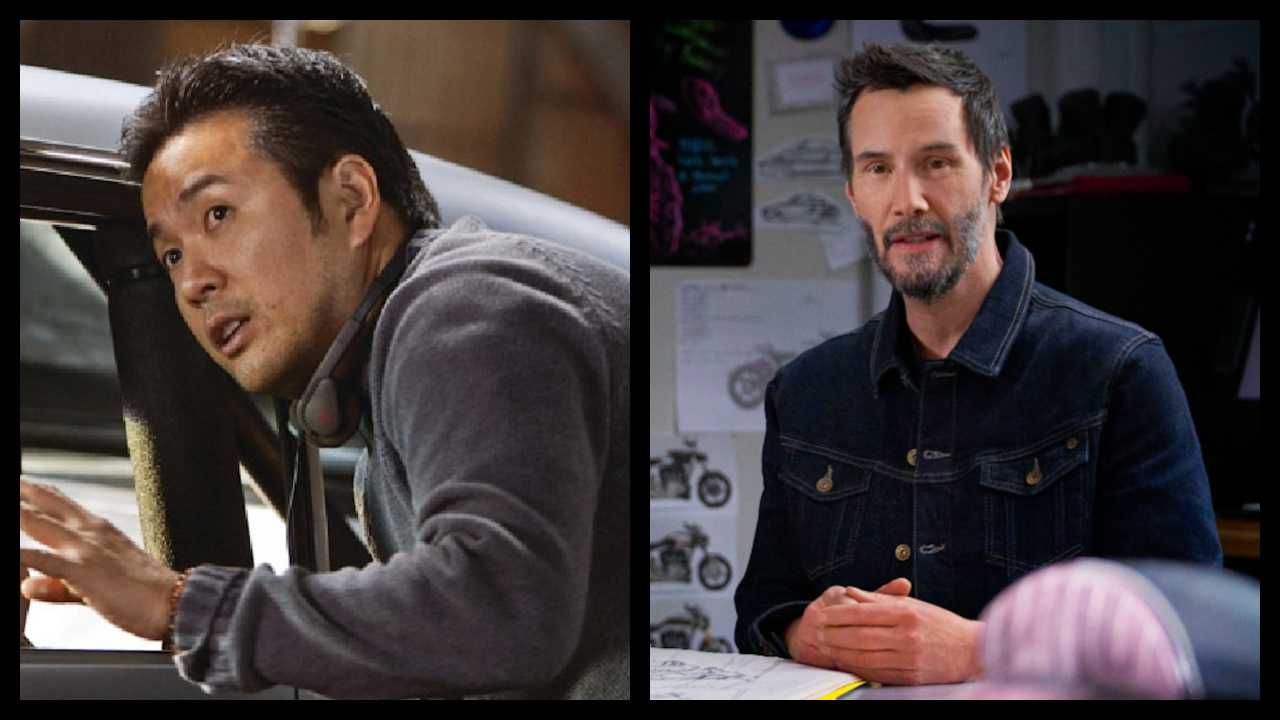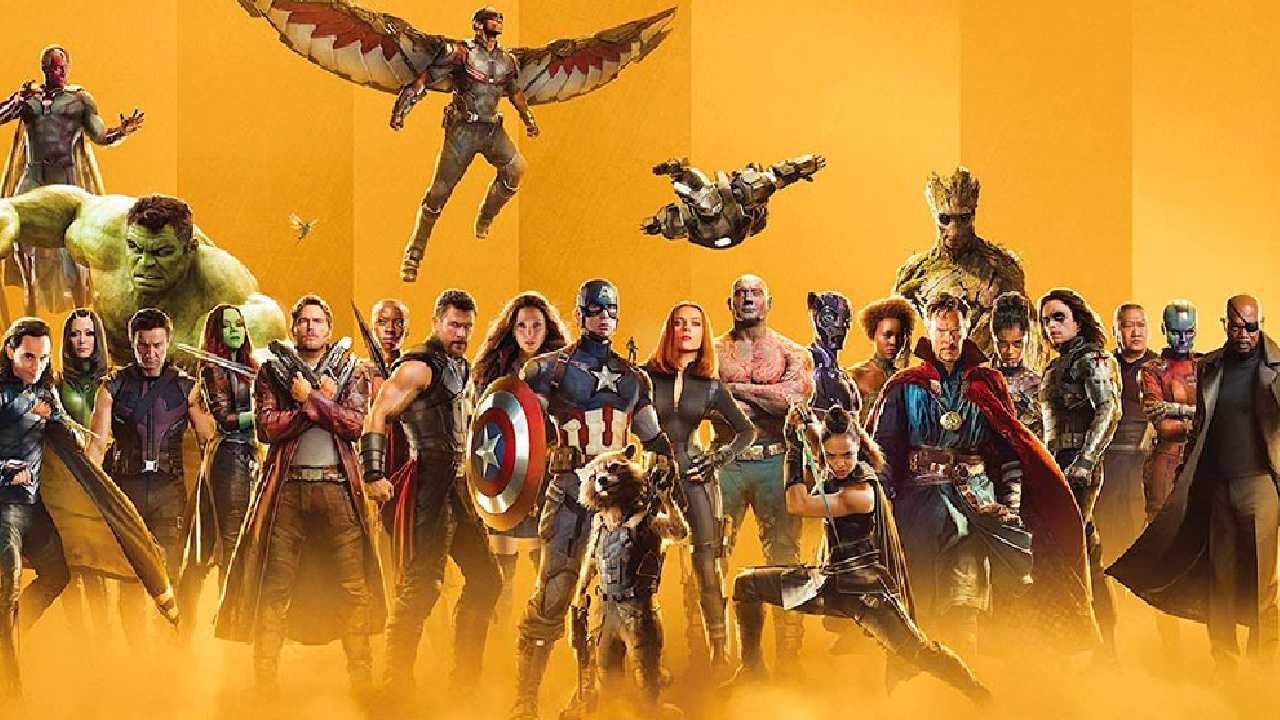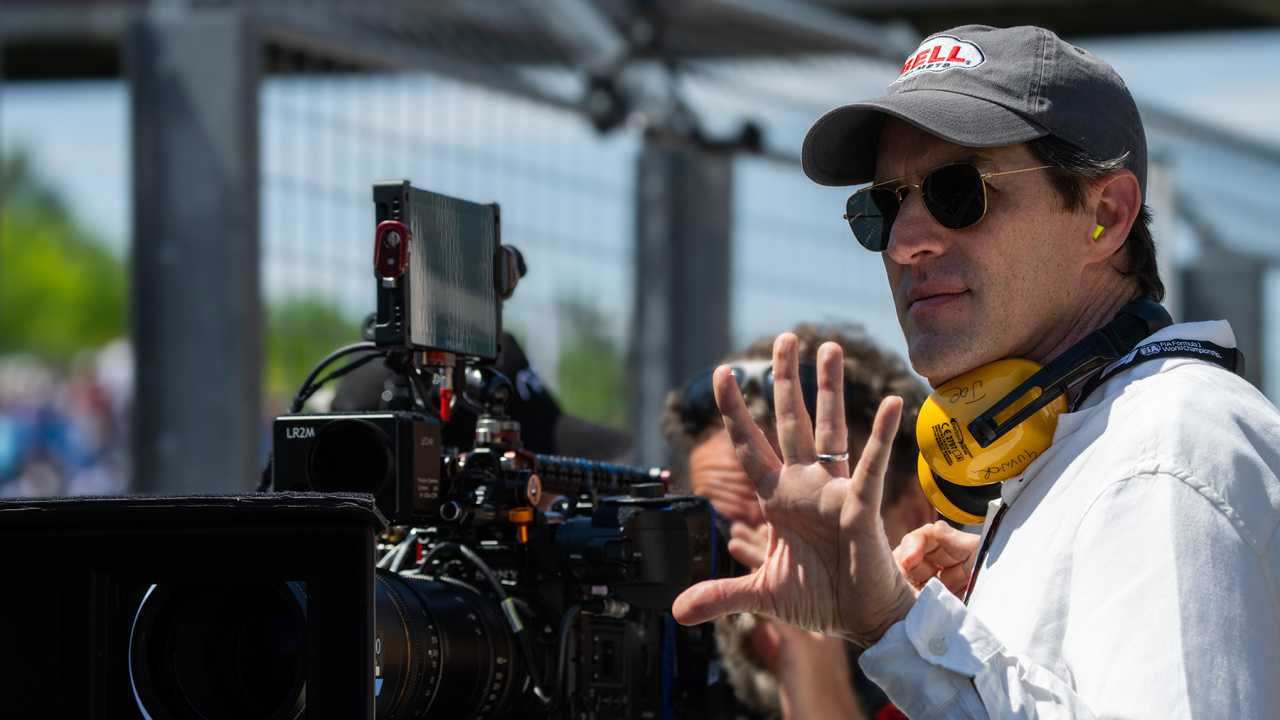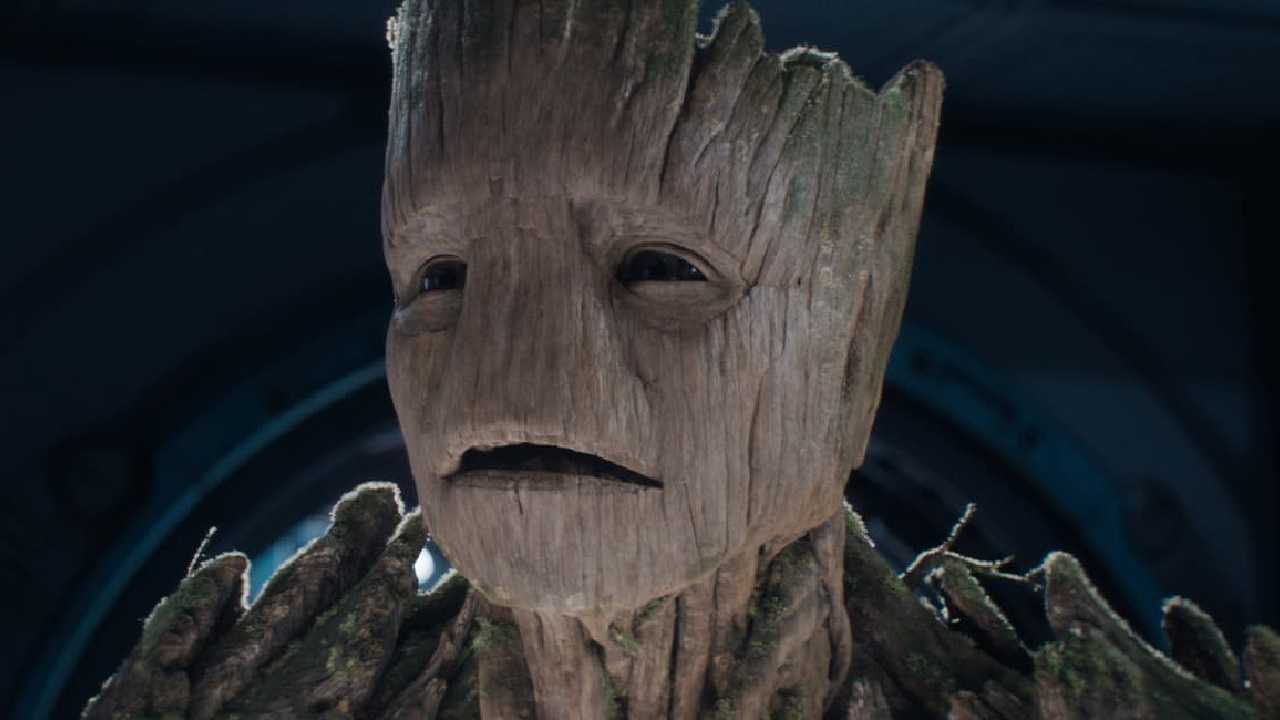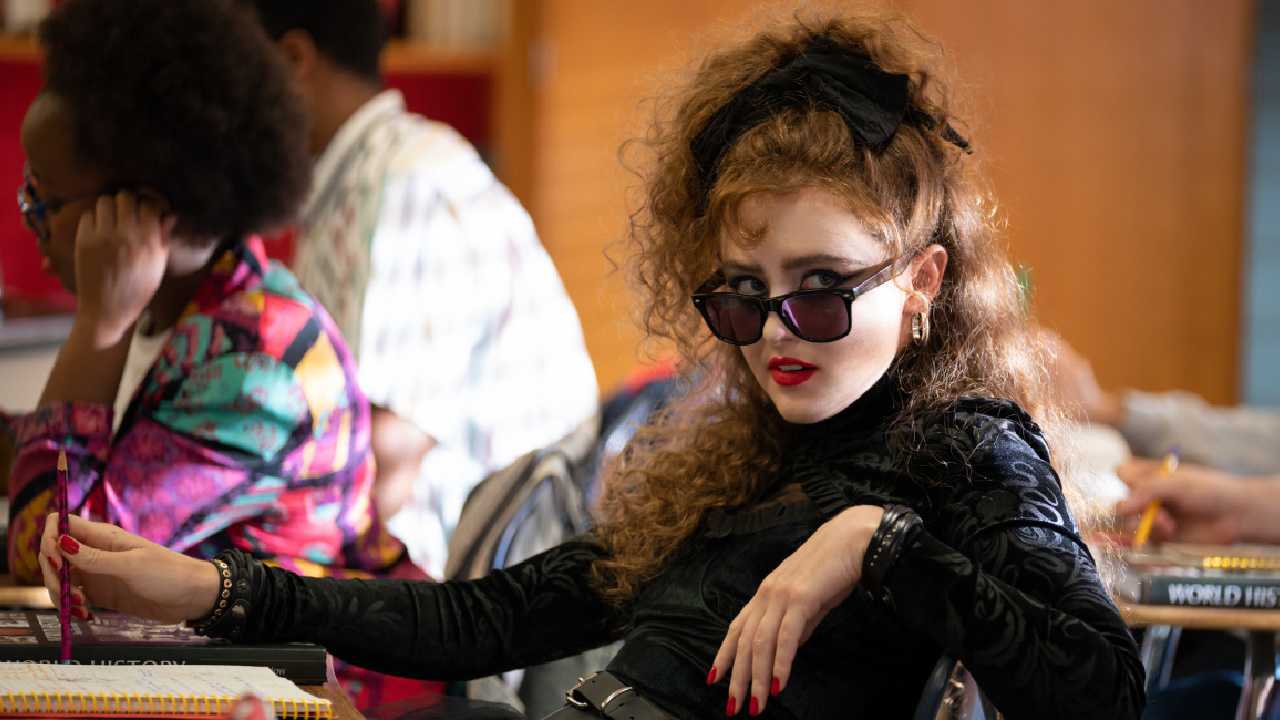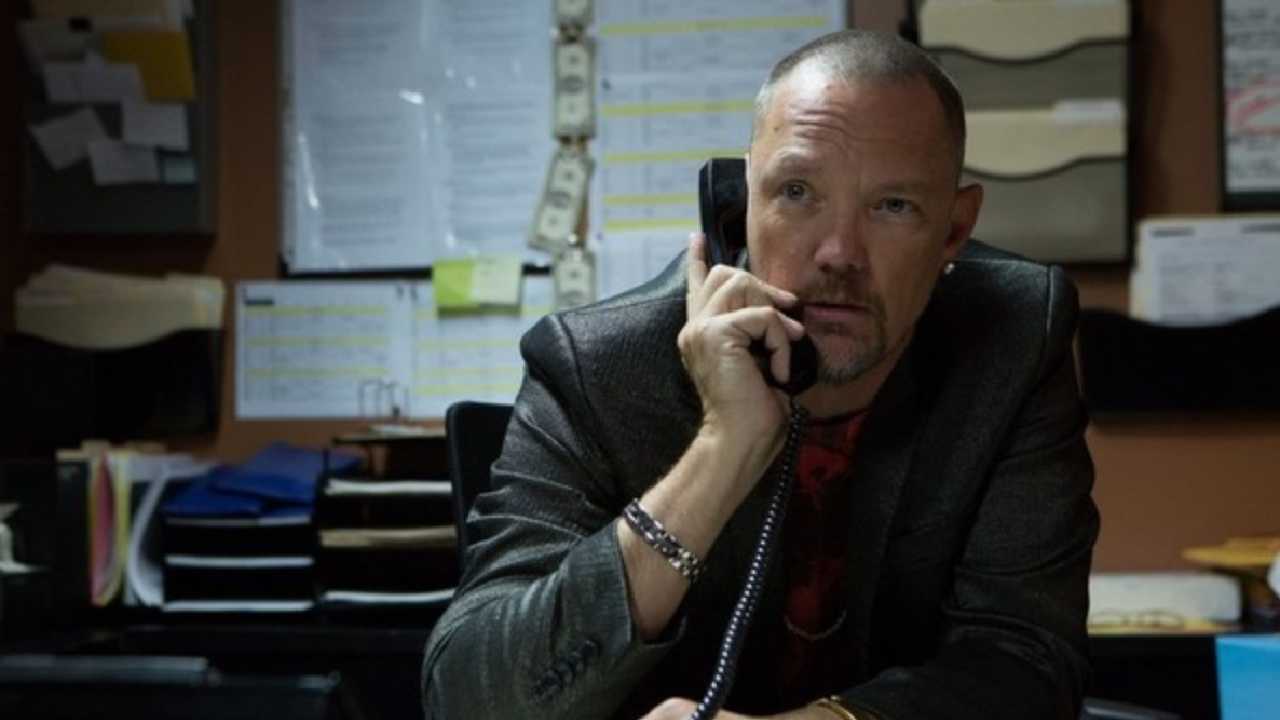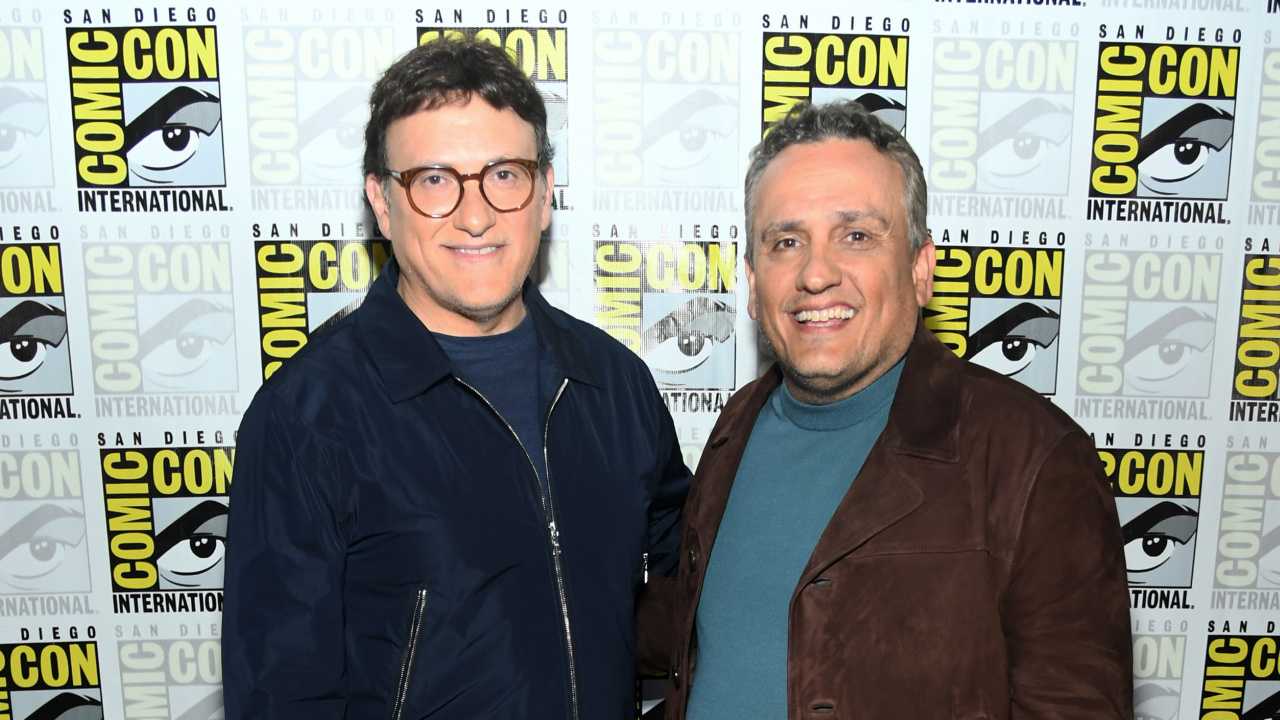'True Blood's Stephen Moyer Talks New Crime Drama 'Code of Silence'
Moviefone speaks with Stephen Moyer about 'Code of Silence.' "I read it and I thought, this is nicely constructed, clever, and smart," he said of the script.
Premiering on Digital and VOD beginning December 20th is the new British crime drama ‘Code of Silence,’ which is based on a true story and was directed by Ben Mole (‘Behind the Line: Escape to Dunkirk’).
Set in 1960s London, the movie stars Stephen Moyer as Detective Nipper Read, a police officer tasked with bringing the city back to the rule of law as extortion, robbery and murder are terrorizing the city. Everyone knows the gangsters responsible, but no one will go on the record.
As Nipper faces crooked cops, political backstabbing, and terrified witnesses, he becomes increasingly obsessed with breaking the "code of silence" and will push the rules, his moral compass, and his own sense of who he is, to the breaking point in order to bring the notorious Kray twins (Ronan Summers plays both roles) to justice.
Actor Stephen Moyer has appeared in several popular films and TV shows including ‘Quills’ with Geoffrey Rush, ’88 Minutes’ with Al Pacino, ‘Priest’ with Paul Bettany, ‘The Double’ with Richard Gere, and Fox’s ‘X-Men’ series ‘The Gifted.’
But he is probably best known for his work as Bill Compton in HBO’s monster hit, ‘True Blood.’
Moviefone recently had the pleasure of speaking with Stephen Moyer about his work on ‘Code of Silence,’ the true story it is based on, the history of the time period, his approach to his character, helping to cast his friends, filming during the Pandemic, and director Ben Mole’s unique shooting style.
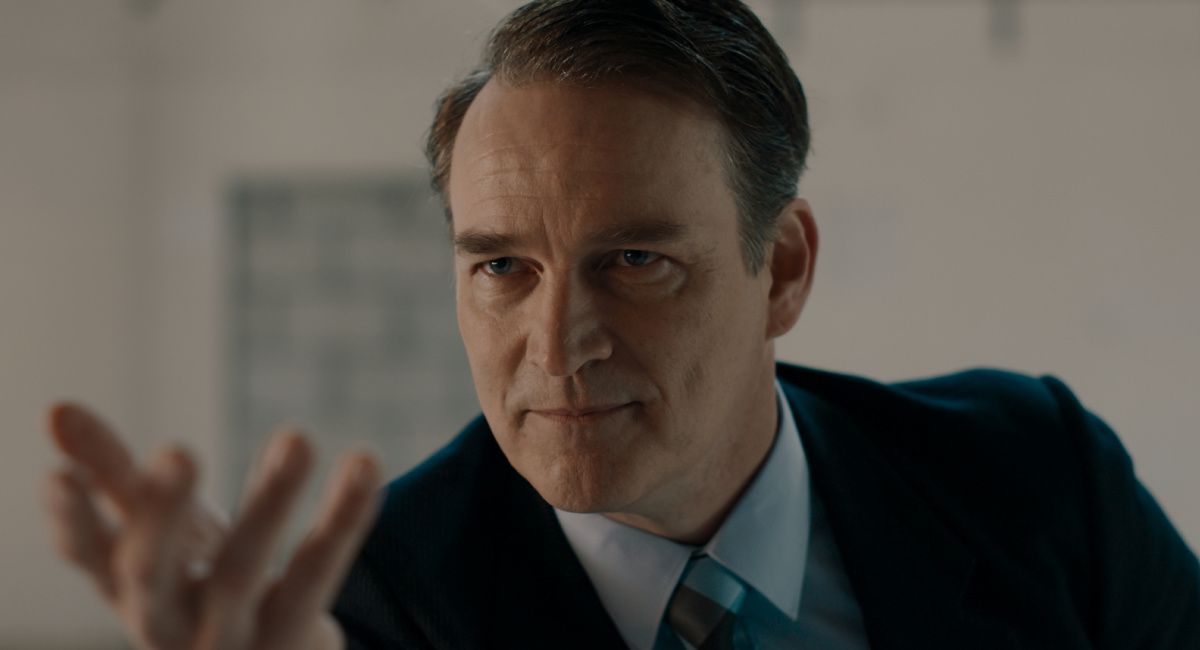
Stephen Moyer as Detective Nipper Read in director Ben Mole's 'Code of Silence.'
You can read our full interview below or click on the video player above to watch our interview with Stephen Moyer about ‘Code of Silence.’
Moviefone: To begin with, how did you get involved with this project and what was your first reaction to the screenplay?
Stephen Moyer: You guys probably know who the Kray twins are, just because there's been a couple of films about the Krays, and they are like our Al Capone in England. I did not think it was time to make another Kray film, but what I hadn't seen was a film about Nipper, about the character who brought them down.
I had worked for the exec producer before on a previous project, and they came to me and said, "Look, we've got this really tiny budget, but a really interesting script about Nipper Read." Then I read it, and I thought, "Oh this is quite nicely constructed. This is clever. This is smart. This is an interesting way of doing it."
I got speaking to Ben Mole, the director. He said, "What I'm trying to do is, with all the different corridors, and with all of the different rooms within this building, I'm trying to show you what it's like inside Nipper's brain. The labyrinthian corridors of his brain." I did quite a lot of reading and there's a famous book about psychology that had just been released in 1962, that Ben referenced, and I thought it was really interesting.
I went and read that, I read Nipper's autobiography, and he was using techniques that were very new at that time, ways of using psychology to track criminals, as opposed to how we sort of think of the 1950s and 1960s as a very methodical plotting kind of police work, that only just really discovered fingerprints, and what they could do, and we weren't at the DNA stages yet.
But when Ben explained to me what he wanted to do, I thought it was a really interesting way to set it in this one building, but to show it as Nipper's brain and what was going on. So, I signed on, and I was able to fill some of the surrounding roles with some of my best friends, who came and did it for very little money. So it was excellent.
MF: The movie is kind of like an English version of ‘The Untouchables,’ which is actually referenced by the characters in the film. Can you talk about the tone of the screenplay and was the idea of playing a British version of Elliot Ness appealing to you?
SM: You know what's funny, though, is we look at ‘The Untouchables,’ we look at Eliot Ness, and we look at that stuff as so glossy, fabulous, American, and just so giant. England is so tiny and small, and cheap and working class at this period of time, that that's almost tongue in cheek when that characters say that, because these guys have got no resources. They've got nothing behind them. They've actually been given up on by their superior officers. Do you know what I mean? So, it's almost like the antithesis of that.
But they would never have thought about themselves like that, these guys. Because they just had no resources whatsoever. But he does end becoming that. He got the grit between his teeth, and he absolutely went completely out of his way to bring those two men down.

(L to R) Ronan Summers as Ronnie and Reggie Kray in director Ben Mole's 'Code of Silence.'
MF: The film is set in the mid-60s, before you were born. But I assume, growing up in England, you knew some of these British post-World War II men. I’m curious if that helped inform your performance and get inside the head of someone from this generation?
SM: Yeah, that's a great question. The Krays were such a part of East London life, and in a similar way to Al Capone, because what the Krays did was the protection racket. So, they got a lot of people to give them money to protect them. It's that sort of classic thing of, you won't get a brick thrown at your window, but if you don't give us your money you'll get a brick through the window. So, it was very much that.
My papa, my maternal grandfather, was peers of the Kray twins, and he was actually a member of the same boxing club, so he knew them very well. There's two big boxing clubs in London, there's Repton Boys Club and there's West Ham Boys Club. My grandfather became chairman of West Ham Boys Club, and the Krays were at Repton.
So, he also became a coach and trained, and was quite a successful man, but so he knew them. We're talking about working class men who always were in a shirt and tie, always in a waist coat, and always in a jacket. Even though you were working class, it was a very immaculate way of presenting yourself to the world.
What I found interesting about Nipper when I was reading about him, was that he, too, was very small, actually. He was a very slight man, which is why he became known as Nipper, because he was just a sort of mere nip of a thing. But he was a brilliant boxer. He started off too small to represent the police, because they had a five foot eight minimum, I think the rest of the police was five foot nine, or five foot 10. But because they needed more police in London, when he went for his meeting, he made sure he had his shoes stacked, and ended up becoming an officer. But ended up representing the Metropolitan Police as a boxer.
So, what I really liked about that was, which is very like my grandfather obviously, that the Krays were very famous boxers, too. Nipper represented the Metropolitan Police, and was a champion as a boxer. So, I really liked this idea that the Krays would've known about him, and he would've known about the Krays, and there would've been a mutual respect in the boxing world for each other even though they were enemies.
There was a lot of my grandfather's peers who obviously, were people that I knew when I was a child, that I sort of referenced. When you're little in England, everybody's an uncle and auntie. Your best friends' mom and dad, they're always uncle and auntie. So, I went to see my auntie Joan, and she had been friends with all of that crowd in the East End. I had a load of questions for her, and that was really interesting. So, it's a very specific type of old-fashioned way of thinking, where there's a mutual respect, somehow, even for the villains.
MF: Can you talk about the dynamics between Nipper and his team, and what was it like working with actors Alec Newman and Andrew Tiernan?
SM: So, Alec Newman is a dear friend of mine, and when we were casting this thing, we were looking for somebody for that role, and I suggested Alec because he's a phenomenal actor. We got him, he was available, and we also got Ian Sharp, who is fantastic, and we got Andrew Tiernan, who's done so much work, but came in because we asked him to. Also Commander Rose, Michael Higgs, is one of my best friends. So, what was lovely was being able to surround us with fantastic actors who came in to do it.
But there was a real sense of a little repertory company feeling. We all were doing it for the right reasons, because we wanted to work together. Also, this was in the height of lockdown as well. So, a lot of my friends weren't working. They were happy to come in and do it, because nobody was working. In fact, when we were shooting, we were up in Pontypool in Wales, and everybody was in lockdown. The town was closed, everything was shut down, and there was nowhere for anybody to stay. So, we were completely in our own little bubble doing our little movie. It was a really lovely couple of weeks, where we were just completely all together trying to create something. It was a lovely feeling.
It's funny, because during the pandemic, I did a couple of movies like this, where everybody came together at a time when you were wondering what was going to happen, what the rest of the world was going to be like? Especially, we weren't doing the gigantic budget stuff where everybody was being tested daily, and all living in their bubble with a whole crew sitting off set, who weren't being used in case somebody got ill so they could come in. That's what the big productions were doing. So, it was a really exciting time, and I think it's a really decent little movie, actually.
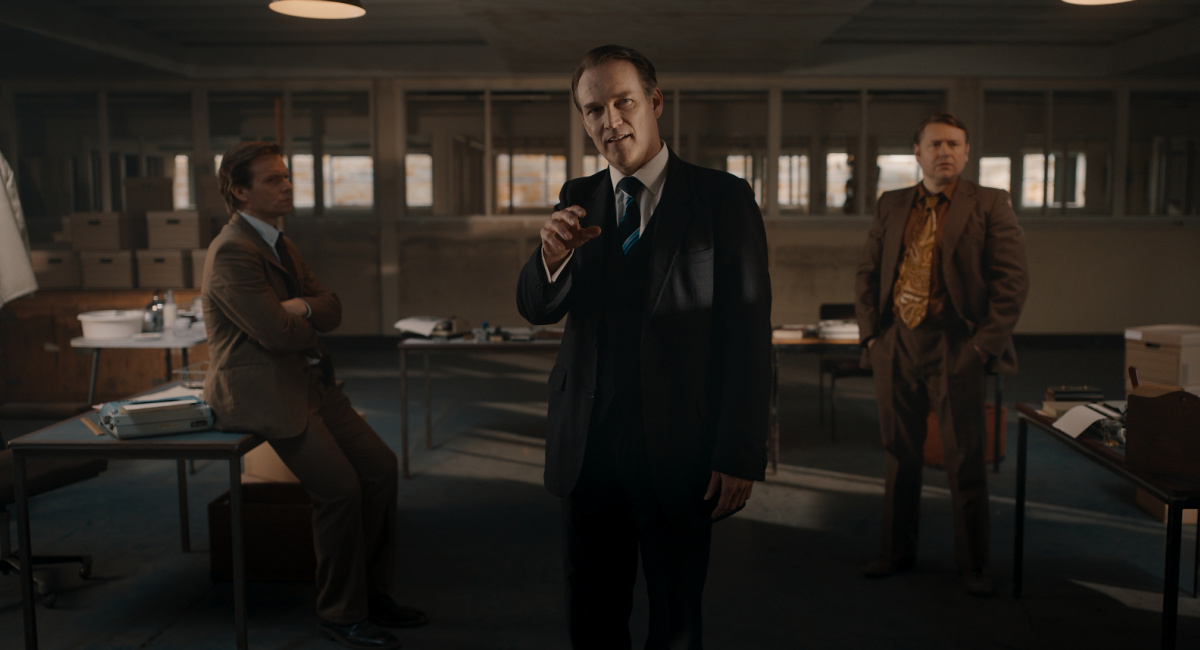
(L to R) Alec Newman as Wright, Stephen Moyer as Detective Nipper Read, and Andrew Tiernan as Peter Brodie in director Ben Mole's 'Code of Silence.'
MF: Finally, director Ben Mole uses an interesting storytelling technique in this film. During the flashbacks, Mole inserts your character into the scenes, even though he wasn’t there when they actually happened, as if it is all happening in his head as he is thinking about the scene that is being described to him by another character.
Can you talk about working with director Ben Mole and how did he describe to you the unique way he was going to shoot those sequences?
SM: This is threefold, the answer to this question. Because budgetarily, we were not able to go off and create this whole other sequence of events in another location, where we're out on the street and we're doing something. So, where a scene may have happened on the street, we placed it interior in a bar, or famously, The Blind Beggar where the shooting actually happened.
So, Ben said, "Well, what about if we put him in there, so that as he is looking at his incident board and he is working things out, how about if we go, 'Oh look, here's this thing, and then we go with him." Then he does some really smart pieces of camera work where he puts me in the bar, whether I'm playing with the clock and fast forwarding time, or the sequence with the bar maid behind the bar, he'd get it all figured out. We shot the beginnings of those moments before the bar, rather than doing the bar and then fitting those moments into it. We had actually done the interior stuff first.
It was really interesting, because there was one moment where he was like, "Right, so you've got a piece of paper in your hand, and you are putting it down onto the table and then you're walking forward, and this is when you are going to go and see the girl." I was like, "Just explain it again." I said, "So, I'm now in the bar?" He is like, "Yeah, you are in the bar. Literally, you are walking across, you're going to be looking at her, and you're going to be in the bar. So, that by the time we're on the back of your head, the audience won't realize it, but we will be in the bar."
I love that trickery. There's no CGI, there's no green screen magic, it's fabulously simplistic in-camera ideas, where you tell the story in the most simplistic way, but using old techniques in order to do it. So, we are looking at her behind the bar, and then when the camera swings around, I'm sitting next to her.
I love that stuff. I loved those ideas that Ben Mole had, to try and make it as exciting as possible. There's the sequence in the urinals, and the character comes over to me and I'm standing in the urinal. He turns around, and you think that he's going to go to the bathroom, but he turns around and he's looking at the board, then we pull out of the board, and we're back in my office. That's just a simple shot where we play onto the board, and the camera stops, then you pick back up on the board and you pull out and he's in the office. I's really simple filmmaking, but it's very effective.
So, I love working with people who try to find an ingenious way of doing it, rather than a flashy way of doing it. I often find that with slim resources, people find more artistic ways of telling the story, which I love. It makes it stand out as a different piece of work.
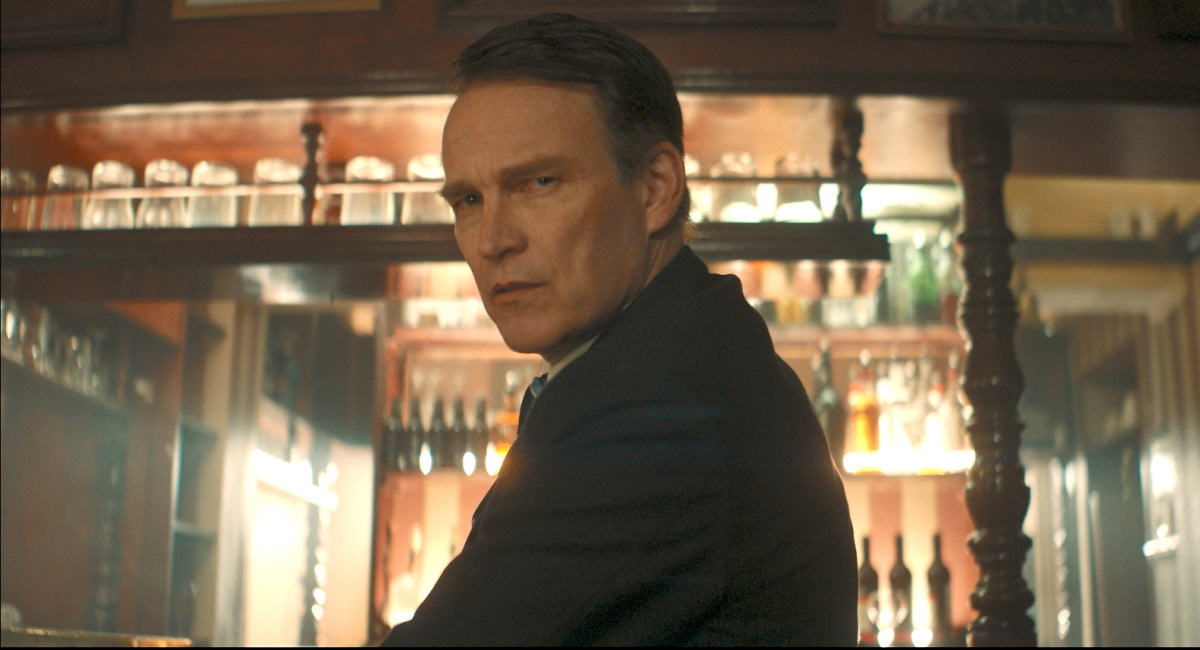
Stephen Moyer as Detective Nipper Read in director Ben Mole's 'Code of Silence.'
